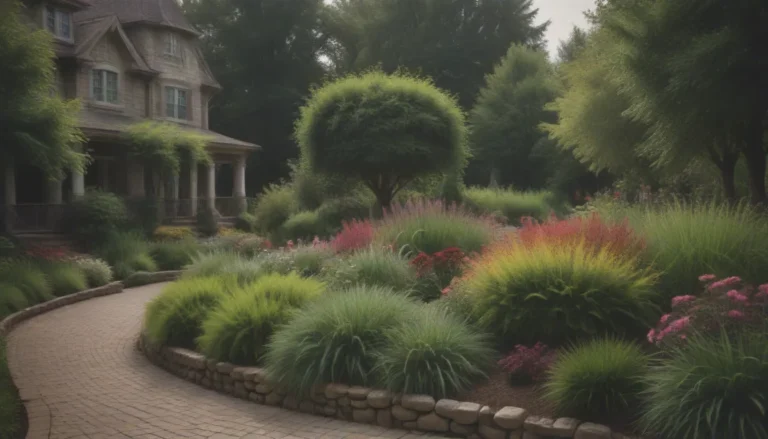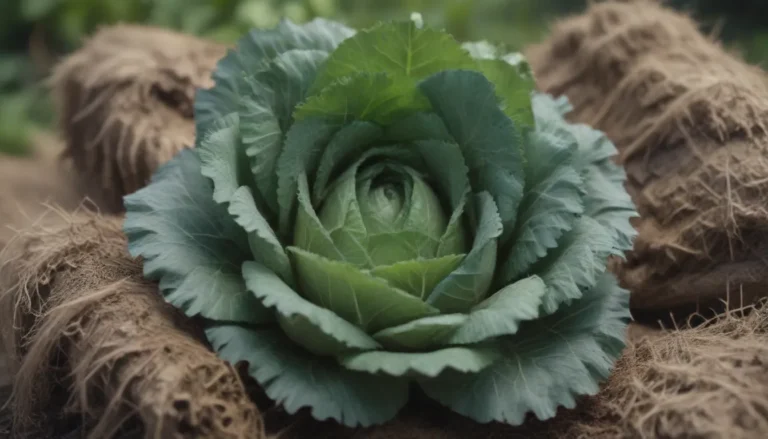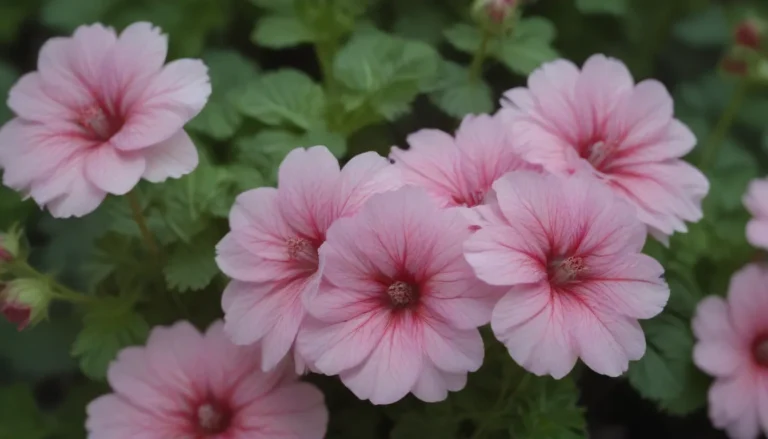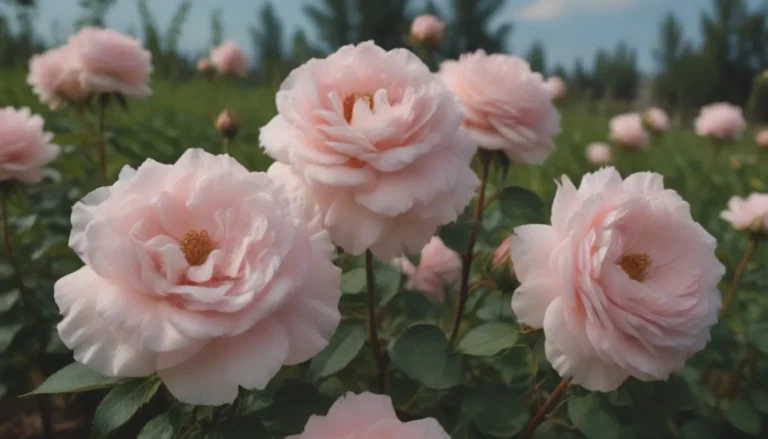How to Grow and Care for String of Pearls Plant: An In-Depth Guide
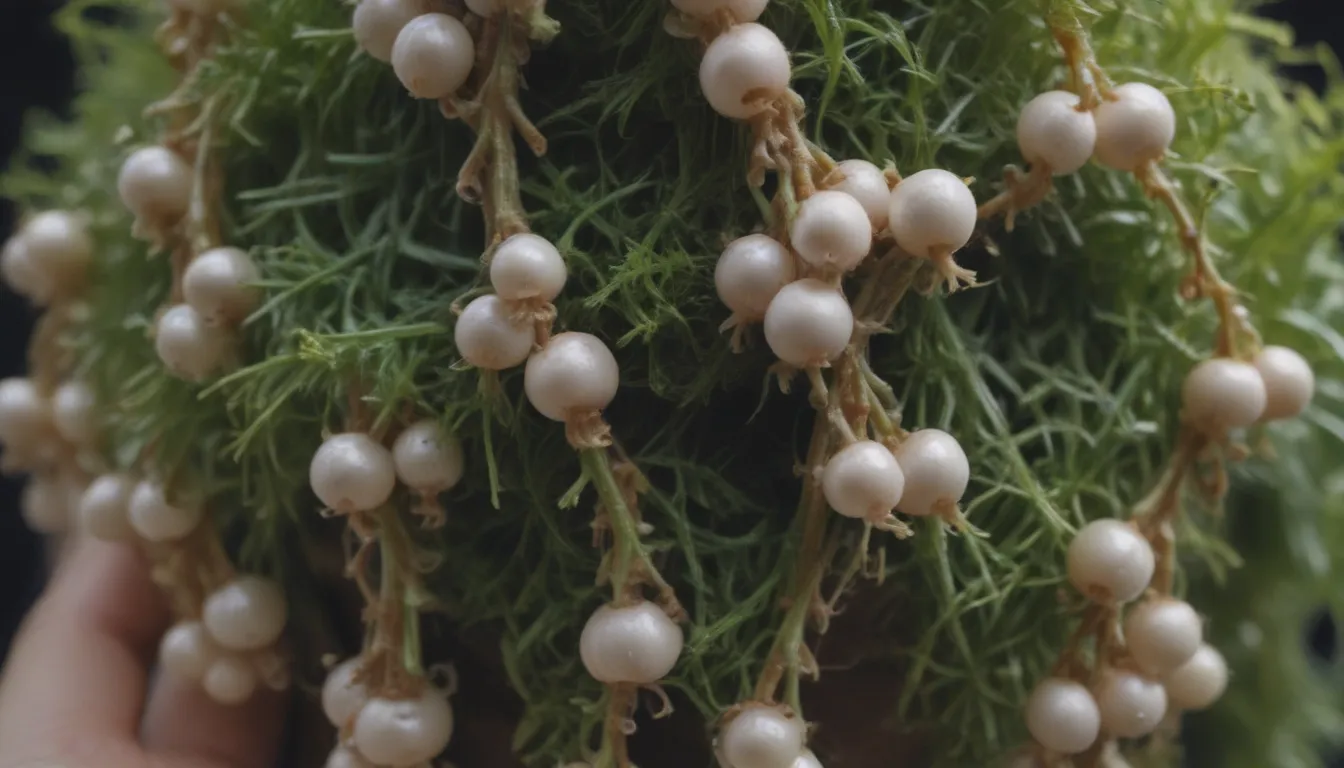
String of pearls plants are unique vining succulents that have gained popularity due to their tiny pea-shaped leaves that elegantly drape over planters and hanging baskets. These plants, native to east Africa, are easy to care for and propagate, making them a favorite among plant enthusiasts. In this comprehensive guide, we will cover everything you need to know about growing and caring for string of pearls plants to ensure they thrive in your home.
Getting to Know the String of Pearls Plant
String of pearls plants, scientifically known as Curio rowleyanus, are known for their round, bead-like leaves that closely resemble a string of pearls. These plants are fast growers, adding about five to 15 inches in length each year. While they are commonly grown indoors as hanging plants, in their natural habitat, string of pearls plants grow as ground cover in the desert.
Apart from their unique leaves, string of pearls plants also produce white, cinnamon-scented flowers in the spring, although this is a rare occurrence when grown indoors. It’s important to note that these plants are toxic to humans and pets, so it’s essential to keep them out of reach of children and animals.
String of Pearls Care Tips
String of pearls plants are relatively low-maintenance, but they do have specific care requirements to ensure they thrive. Here are some key care tips for these unique succulents:
Light
- String of pearls plants thrive in a combination of direct and indirect sunlight, receiving about six to eight hours of light each day.
- Place them in direct sunlight during the morning hours and move them to a spot with diffused light or partial shade in the afternoon.
Soil
- Use a well-draining succulent potting soil or a cactus potting mix for your string of pearls plants.
- A mixture of potting soil and sharp sand in a 3:1 ratio can also be beneficial to prevent root rot.
- Ensure the container has ample drainage holes to prevent waterlogging.
Water
- Keep the soil lightly moist during the growing season (spring and summer) and reduce watering in the winter.
- Water the plant once every seven to 14 days, depending on the climate and the type of pot.
- Check the soil moisture by touching the top inch of soil; if it’s dry, it’s time to water.
Temperature and Humidity
- String of pearls plants prefer warm temperatures above 70 degrees Fahrenheit in the growing season and cooler temperatures of 50 to 60 degrees Fahrenheit in winter.
- Avoid high humidity environments, as these plants thrive in low humidity conditions.
Fertilizer
- Feed your string of pearls plants biweekly during the growing season with a diluted, balanced liquid fertilizer.
- Reduce fertilizer frequency to every six weeks during the plant’s dormant period in winter.
Types of String of Pearls Plants
Apart from the classic string of pearls plant (Curio rowleyanus), there are several closely related species that feature variations in leaf shape. These include Curio radicans, Curio herreanus, and Curio citriformus, each with its unique characteristics that add diversity to your succulent collection.
Pruning and Propagating String of Pearls Plants
To maintain the health and appearance of your string of pearls plant, regular pruning and propagation are essential. Here are some tips on how to prune and propagate these succulents:
Pruning
- Use sterilized scissors or pruners to trim off any dead or overgrown stems, as well as stems lacking leaves.
- Prune leggy branches to promote bushier growth and propagate new plants from the cuttings.
Propagating
- String of pearls plants are easily propagated from stem cuttings, either in soil or water.
- Propagation is best done in spring, summer, or early fall, allowing the cutting to root in about three to four weeks.
Potting and Repotting String of Pearls Plants
Repotting your string of pearls plant is necessary to ensure its continued growth and health. Follow these steps when potting or repotting your succulent:
- Repot the plant in the beginning of spring using a fast-draining succulent soil mix.
- Choose a pot with adequate drainage holes, and position the plant in a slightly larger pot to allow room for growth.
- Repotting annually is recommended, but after a few years, it’s better to propagate a new plant from cuttings.
Overwintering Your String of Pearls Plant
If you live in a region with temperatures below zone 8, it’s crucial to bring your string of pearls plant indoors during the winter. Follow these tips to ensure the plant survives the colder months:
- Provide your plant with a cool-down period with temperatures just above freezing between 35 to 44 degrees Fahrenheit.
- Reduce watering frequency to once a month during the plant’s dormant period and place it in a well-lit room with at least six hours of light.
Common Pests and Diseases
String of pearls plants are susceptible to pests like aphids, mites, whiteflies, mealybugs, and ants, especially when grown in unfavorable conditions. Here are some tips to prevent and treat common pest infestations:
- Maintain good drainage to prevent overwatering.
- Mist the plant with neem oil solution to deter insects.
- Regularly inspect the plant for pests and treat with organic pest control methods before resorting to synthetic pesticides.
How to Encourage Bloom in String of Pearls Plant
String of pearls plants bloom in the summer, producing small, fragrant white flowers under the right conditions. Follow these tips to encourage blooming in your succulent:
- Provide a cool-down period during the winter months to stimulate flowering.
- Fertilize the plant twice a week during the growing season and ensure it receives sufficient light.
- String of pearls plants rarely bloom indoors, but with proper care, you may see flowers that last up to a month.
Common Problems and Solutions
String of pearls plants are relatively low-maintenance but may encounter issues related to watering or pests. Here are solutions to common problems you may face:
- Address wilting or yellowing leaves by adjusting your watering schedule.
- Treat insect infestations with neem oil and maintain good plant hygiene.
- Avoid overwatering to prevent root rot and fungal diseases.
By following these tips and guidelines, you can successfully grow and care for your string of pearls plant, enjoying its unique beauty and low-maintenance nature for years to come.
Conclusion
String of pearls plants are captivating succulents that add a touch of whimsy to any indoor space. With the right care and attention, these plants can thrive and even bloom, rewarding you with their unique beauty. Whether you’re a seasoned plant enthusiast or a beginner, the string of pearls plant is a delightful addition to any collection. Start growing and caring for your own string of pearls plant today and enjoy the experience of watching these charming succulents flourish in your home.

